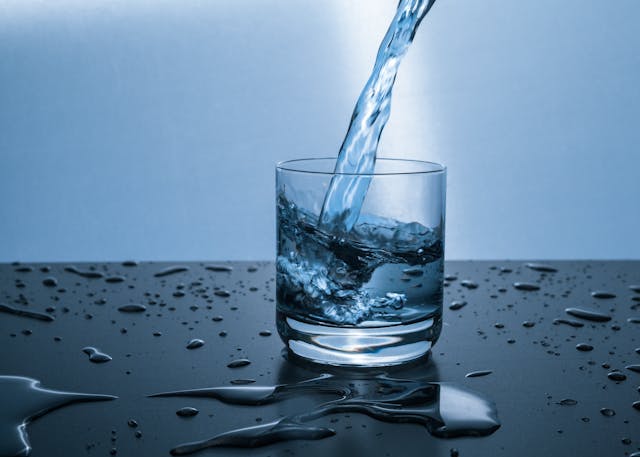As we navigate through the 21st century, one question that often arises is whether our planet will have enough drinking water to sustain its burgeoning population in the next 100 years. With global population projections reaching nearly 10 billion by 2050 and even higher by 2124, this concern is not unfounded. Water is essential for life, yet its availability is increasingly threatened by various factors, from climate change to pollution and unsustainable usage.
The Current State of Global Water Resources
Today, approximately 70% of the Earth’s surface is covered by water, but only 2.5% of this is fresh water. Of this fresh water, a significant portion is locked in glaciers and ice caps, leaving less than 1% readily accessible for human use. This small fraction is what we rely on for drinking, agriculture, sanitation, and industry.
Despite this limited supply, many regions of the world already experience water scarcity. According to the United Nations, around 2.2 billion people currently lack access to safely managed drinking water services. The situation is dire in parts of Africa, the Middle East, and Asia, where over-extraction of groundwater and pollution further exacerbate the crisis.
The Impact of Population Growth
As the global population continues to expand, the demand for fresh water will inevitably increase. More people mean more water is needed for drinking, cooking, sanitation, and food production. Agriculture, which already consumes about 70% of the world’s fresh water, will require even more resources to feed billions of additional mouths. This escalating demand places immense pressure on existing water supplies.
Urbanization, another aspect of population growth, compounds the problem. As cities grow, the need for robust water infrastructure increases. Unfortunately, many urban areas, especially in developing countries, struggle with outdated or insufficient water systems, leading to loss through leaks and inefficiencies.
Climate Change: A Growing Threat
Climate change poses a significant threat to global water resources. Altered weather patterns, increased frequency of extreme weather events, and rising temperatures affect the availability and distribution of fresh water. Regions that currently enjoy ample water supplies might face shortages due to prolonged droughts or reduced snowfall, which affects the replenishment of rivers and aquifers.
Sea level rise, another consequence of climate change, can lead to the contamination of fresh water supplies with saltwater, particularly in coastal areas. This phenomenon, known as saltwater intrusion, threatens the drinking water of millions of people living near coastlines.
Innovations and Solutions
While the future might seem daunting, there are innovative solutions and strategies being developed to address the impending water crisis:
- Water Conservation and Efficiency: Implementing efficient water use practices in agriculture, industry, and daily life can significantly reduce wastage. Drip irrigation, for instance, conserves water in farming by delivering it directly to the plant roots.
- Desalination: Turning seawater into drinking water through desalination offers a potential solution for coastal regions. While energy-intensive and costly, advances in technology are making desalination more feasible.
- Wastewater Treatment and Reuse: Treating and reusing wastewater for non-potable purposes like irrigation and industrial processes can alleviate pressure on fresh water supplies.
- Rainwater Harvesting: Collecting and storing rainwater provides an alternative source of water, especially in regions with seasonal rainfall.
- Restoring Ecosystems: Protecting and restoring natural ecosystems like wetlands and forests helps maintain the natural water cycle and improves water quality.
Global Cooperation and Policy
Addressing the future of drinking water requires global cooperation and robust policy frameworks. International agreements and partnerships can facilitate the sharing of technology, knowledge, and resources. Moreover, effective governance and regulations at the national and local levels are crucial to ensure sustainable water management.
Final Thoughts
Will there be enough drinking water in the world in 100 years? The answer depends on our collective actions today. By embracing innovative solutions, implementing effective policies, and fostering global cooperation, we can work towards a future where everyone has access to safe and sufficient drinking water. The challenge is immense, but with concerted effort and determination, we can overcome it and secure a sustainable water future for generations to come.
Stay hydrated and stay informed!
GertieBlu









